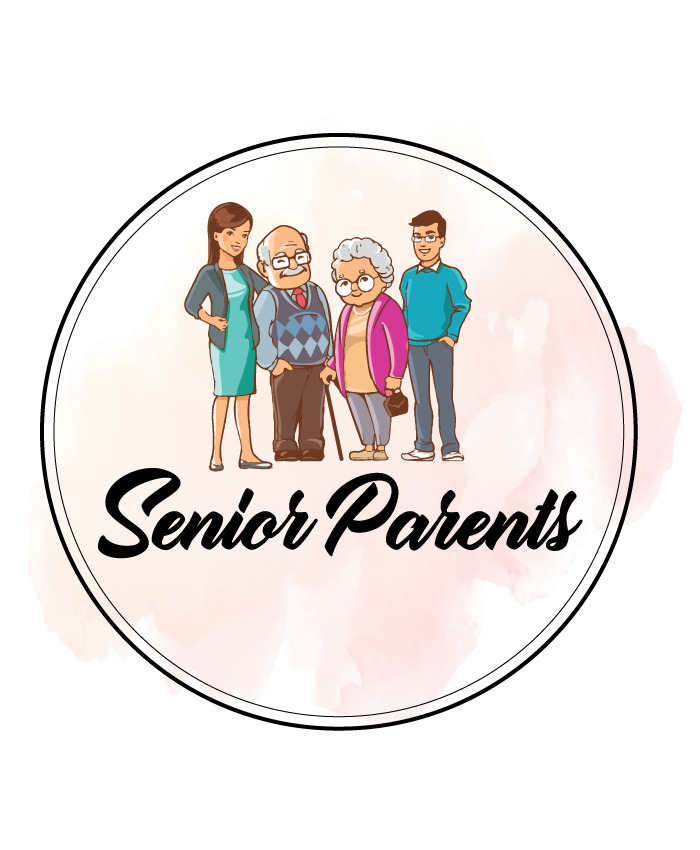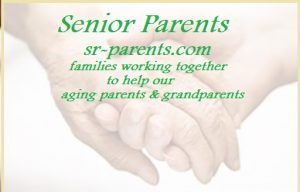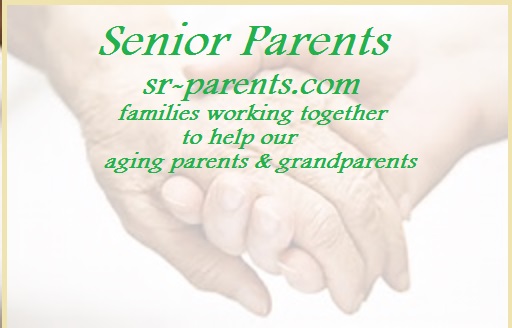My friend has osteoporosis and now also suffers from scoliosis. When she told me about her medical conditions, I wondered, “Can osteoporosis cause scoliosis?” The information I found was nothing short of shocking!
I saw what happened to my friend. She was diagnosed with osteoporosis when she was in her 40s, and she started to lose bone density and strength. She also developed scoliosis, a condition that causes the spine to curve sideways. Her doctor explained to her that osteoporosis and scoliosis are related, and that they can affect not only the bones but also the internal organs.
And indeed, she still suffers from breathing problems, heart issues, digestive disorders, and other complications. From the beginning, she was in constant pain and discomfort. She takes many medications and has undergone several surgeries.
Although she tries to stay optimistic, we see that her quality of life is deteriorating. I wondered how osteoporosis could cause scoliosis and how to prevent or treat it. I decided to do some research and found some surprising and alarming facts.
Contents
Learning The Connection
In this article, I will share with you what I learned and how you can protect yourself and your loved ones from these serious conditions. Or, if your loved one already has one or both, learn the ways to help manage. Know what to expect.
Scoliosis and osteoporosis are two distinct health conditions that primarily affect the bones. While scoliosis is the abnormal lateral curvature of the spine, osteoporosis is a disease that weakens the bones, increasing the risk of fractures.
The connection between these conditions is complex and multifaceted, with several shared risk factors and potential impacts on patients’ quality of life. This article aims to delve into the correlation of these conditions, their causes, effects, and treatment options.
What is Scoliosis?
Scoliosis is a condition that causes an atypical curvature of the spine, often resembling the letters “S” or “C.” This abnormality can occur at any age but is most commonly detected during the growth spurt before puberty.
The curvature can be mild to severe. In some cases, it leads to physical deformity. A range of symptoms from no symptoms at all to debilitating pain occurs depending on the severity and location of the curvature.
Origin and Progression of Scoliosis
Scoliosis can develop due to various factors. It might be the result of an abnormality in the spine’s growth during fetal development, or it could be due to genetic factors.
Certain diseases, including cerebral palsy, muscular dystrophy, and Marfan syndrome, can also predispose an individual to the condition. However, the most common type of scoliosis is idiopathic, meaning its cause is unknown.
As a progressive condition, scoliosis tends to worsen over time, particularly during periods of rapid growth, such as puberty. The degree of progression varies from person to person.
Some may only experience a slight increase in curvature. Others may face substantial progression, leading to severe spinal deformity.
Impact on Internal Organs
Scoliosis is a condition that causes the spine to curve sideways, which can affect not only the bones and muscles but also the internal organs. It affects the internal organs in various ways, depending on the severity and location of the spinal curvature.
Scoliosis can affect the internal organs in various ways, depending on the severity and location of the spinal curvature. Some of the possible effects are:
Reduced Lung Capacity and Function
Scoliosis can compress the chest cavity and the lungs, making breathing harder and reducing the body’s oxygen supply. This can lead to shortness of breath, fatigue, and respiratory infections.
Impaired Heart Function and Circulation
Scoliosis can also compress the heart and the blood vessels, making it harder for the heart to pump blood and increasing the risk of heart failure, arrhythmia, and hypertension.
Digestive Problems
Scoliosis can affect the stomach, intestines, liver, and other digestive organs, causing them to twist, bend, or shift out of place. This can lead to nausea, vomiting, acid reflux, constipation, diarrhea, and malnutrition.
Reproductive Issues
Scoliosis can affect the reproductive organs, such as the uterus, ovaries, and testicles, displacing or compressing them. This can lead to menstrual irregularities, infertility, and sexual dysfunction.
Scoliosis can significantly impact the quality of life and well-being of the affected individuals. In fact, untreated scoliosis can shorten the life expectancy by several years.
What is Osteoporosis?
On the other hand, osteoporosis is a disease that leads to decreased bone density or mass. It makes the bones weak and brittle, increasing the risk of fractures even from minor falls or, in severe cases, from routine activities like coughing or bending.
In fact, my mother, suffering from osteoporosis, received a broken rib from a friend’s hug. From that point on, we were all more cautious. Thankfully, it was the only broken bone she had, but the risk was real. Osteoporosis can affect any bone in the body, especially the hip, wrist, and spine.
Startling Statistics
According to the data from various sources, the number of hip fractures among older adults with osteoporosis varies by country and year. However, some estimates are:
- In the United States, there were over 300,000 hospitalizations for hip fractures among adults aged 65 and older in 2012. More than 95% of these fractures were caused by falling. The mean probability of having a hip fracture for adults aged 50 and over was 0.9% in 2010.
- In Canada, there were 147 hip fractures per 100,000 Canadians aged 40 and older in 2015–2016. The mean probability of having a hip fracture for adults aged 50 and over was 1.2% in 2010.
- In the United Kingdom, there were 76,000 hip fractures among people aged 60 and over in 2017. The mean probability of having a hip fracture for adults aged 50 and over was 1.1% in 2010.
Hip fractures are serious injuries that can lead to complications, disability, and death. Therefore, it is important to prevent falls and treat osteoporosis to reduce the risk of hip fractures.
Contributing Factors and Symptoms of Osteoporosis
Osteoporosis can develop due to various factors, including aging, hormonal changes, low body weight, and certain medical conditions. It’s more common in postmenopausal women due to the rapid decrease in estrogen levels after menopause. Osteoporosis is often called a “silent disease” because it doesn’t usually cause symptoms until a bone fracture occurs. However, some people with osteoporosis experience back pain, loss of height, or a stooped posture due to fractures in the spine.
Personal Story: One of my family members with osteoporosis and scoliosis lost over 4 inches in height in just a couple of years. (Her original height was only 5 feet) The loss of height condenses her torso spacing and compresses her organs. This continues to cause many other problems.
How Scoliosis and Osteoporosis Interact
The connection between scoliosis and osteoporosis is complex. While they are separate conditions, they can influence each other in various ways.
For instance, the spinal deformities caused by scoliosis put additional stress on the vertebrae, potentially leading to fractures in individuals with osteoporosis. Conversely, the weakened bones in people with osteoporosis often contribute to the development of scoliosis. According to a 2019 study, people with scoliosis have significantly lower bone mineral density than those without this condition. This means they may have a higher risk of developing osteoporosis, further weakening their bones and spine.
Osteoporosis can also cause scoliosis, especially in older adults, by increasing the likelihood of vertebral compression fractures. These fractures can result in a curved spine and reduced height. In the United States, about 10.2 million people aged 50 and over have osteoporosis, and 43.3 million more have low bone mass, which is a precursor to osteoporosis. In 2017–2018, the prevalence of osteoporosis at either the femur neck or lumbar spine or both was 12.6% among adults aged 50 and over and was higher among women (19.6%) than men (4.4%).
The prevalence of scoliosis among adults aged 40 and over is estimated to be between 2% and 32%, depending on the definition and measurement method used.
The Impact of Scoliosis on Bone Health
Some studies suggest that scoliosis might contribute to the development of osteoporosis. One study found that girls with adolescent idiopathic scoliosis (AIS) had a higher prevalence of low bone mass compared to their siblings without scoliosis. However, it’s unclear whether scoliosis causes low bone mass or whether the two conditions share common risk factors.
The Role of Osteoporosis in Scoliosis Development
Osteoporosis can also cause the development of scoliosis, particularly in older adults. As osteoporosis weakens the bones in the spine, it can lead to fractures and changes in the shape of the vertebrae, potentially causing the spine to curve.
This is often the case with degenerative scoliosis, a form of the condition that occurs in older adults due to age-related changes in the spine.
Treatment Options for Scoliosis and Osteoporosis
While both scoliosis and osteoporosis are incurable conditions, you can manage them effectively through various treatment strategies.
Scoliosis Treatment
The treatment for scoliosis primarily depends on the severity of the curvature and the patient’s age and overall health. You can manage mild to moderate cases of scoliosis through observation, physical therapy, and bracing. The doctor may recommend surgery in severe cases or when the curvature is progressing rapidly.
Scoliosis in adults can cause symptoms such as back pain, leg pain, numbness, weakness, breathing problems, and reduced mobility.

Here is a list of some of the possible scoliosis treatments for elderly adults:
Observation
This is the most common treatment for mild scoliosis, especially in adults who have stable curves and no significant symptoms. The doctor will monitor the spine regularly with X-rays to check if the curve is stable or progressing. If the curve does not worsen, there’s no need for further treatment.
Physical Therapy
This complementary treatment can help improve the strength, flexibility, and posture of the spine and surrounding muscles.
Physical therapy also helps reduce pain, improve breathing, and enhance the quality of life of people with scoliosis. Physical therapy may include exercises, stretches, massage, electrical stimulation, and other modalities.
Medications
This is a treatment that can help relieve pain and inflammation caused by scoliosis. Medications may include over-the-counter pain relievers, such as ibuprofen or acetaminophen, or prescription drugs, such as opioids or muscle relaxants.
Medications should be used with caution and under the guidance of a doctor, as they may have side effects and interactions.
Injections
This is a treatment that can help reduce pain and inflammation in the spine and the nerves. Injections may include corticosteroids, which are anti-inflammatory drugs, or nerve blocks, which are local anesthetics. Injections are usually given in the spine or near the nerve roots and may provide temporary or long-term relief.
Bracing
This is a treatment that can help support the spine and prevent the curve from getting worse. Bracing is usually used for moderate scoliosis, especially in adults who have progressive curves and mild to moderate symptoms. A brace is a device that fits around the torso and applies pressure to the spine. You must wear the brace several hours a day, usually until the curve stabilizes.
Surgery
This is the last resort treatment for severe scoliosis, or for scoliosis that does not respond to other treatments. Surgery involves fusing the vertebrae along the curve with metal rods, screws, or hooks, to straighten and stabilize the spine. Surgery helps improve the appearance and function of the spine, but it also carries some risks and complications, such as infection, bleeding, nerve damage, and loss of flexibility. Scoliosis in adults can be well managed with proper diagnosis and treatment. The best treatment option depends on the individual’s age, curve severity, symptoms, and preferences. The goal is always to decrease pain and improve function. If your loved one has scoliosis, consult with the doctor and a physical therapist for more information and guidance.
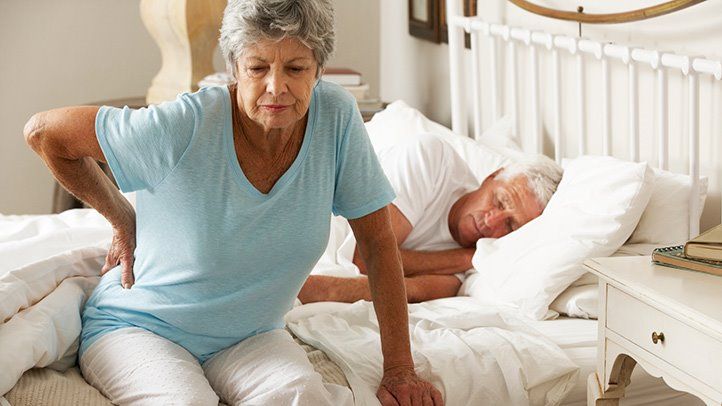
Osteoporosis Treatment
Osteoporosis treatment focuses on slowing down or stopping bone loss, preventing bone fractures, and reducing pain. You can achieve this through a combination of lifestyle changes, medications, and in some cases, surgery. Regular exercise, a healthy diet rich in calcium and vitamin D, and avoiding smoking and excessive alcohol are crucial for maintaining bone health.
Here Are Potential Osteoporosis Treatments for Elderly Individuals:
Medications
These are drugs that can help prevent or slow down bone loss or stimulate bone formation. Some of the common medications for osteoporosis are bisphosphonates, denosumab, raloxifene, teriparatide, and romosozumab. These medications may have different dosages, frequencies, routes of administration, and side effects. They should be prescribed by a doctor and taken as directed.
Calcium and Vitamin D Supplements
These are nutrients that are essential for bone health. Calcium helps build and maintain bone, while vitamin D helps the body absorb calcium and regulate bone metabolism. Elderly people may need to take calcium and vitamin D supplements if they do not get enough from their diet or sun exposure. The recommended daily intake of calcium for adults over 50 is 1,200 mg, and the recommended daily intake of vitamin D for adults over 70 is 800 IU4.
Lifestyle Changes
These are habits that can help improve bone health and prevent fractures. Some of the lifestyle changes for osteoporosis are eating a balanced diet rich in calcium and vitamin D, quitting smoking, limiting alcohol intake, and avoiding excessive caffeine consumption. These habits can help reduce the risk factors for osteoporosis and enhance the effects of medications and supplements.
Exercise
This physical activity can help strengthen bones and muscles, improve balance and posture, and prevent falls. Some of the exercises for osteoporosis are weight-bearing exercises, such as walking, jogging, dancing, or climbing stairs, and resistance exercises, such as lifting weights, using elastic bands, or doing push-ups. These exercises can help stimulate bone formation and reduce bone loss. You should do it regularly and safely, with proper guidance and equipment.
Fall Prevention
This is a strategy that can help reduce the risk of fractures caused by falls. Some of the fall prevention measures for osteoporosis are wearing appropriate footwear, using assistive devices, such as canes or walkers, if needed, removing tripping hazards, such as rugs or cords, from the home, installing grab bars and handrails in the bathroom and stairs, and improving lighting and visibility. These measures can help prevent injuries and complications from osteoporosis.
Can Osteoporosis Cause Scoliosis? The Connection
While scoliosis and osteoporosis are distinct conditions, they share a complex relationship. Both can significantly impact a person’s quality of life, and their co-existence can complicate treatment. It’s essential for individuals with either condition to work closely with their healthcare provider to develop an effective treatment plan that addresses their unique needs. Early detection and proactive treatment are key to managing both conditions and maintaining a high quality of life.
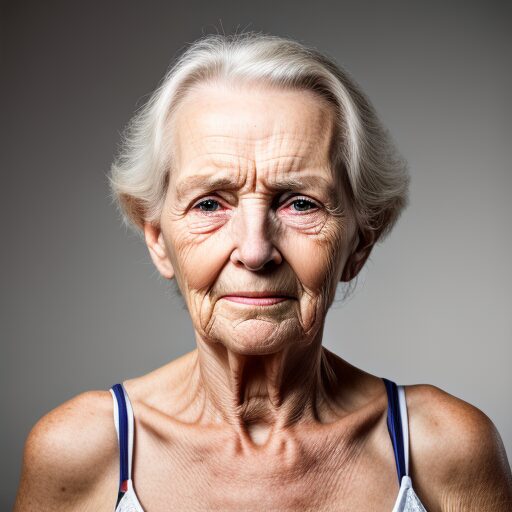
FAQs
What is Osteoporosis?
How Does Osteoporosis Affect the Spine?
Can Osteoporosis Cause Scoliosis?
Learn More About Senior Care!
Learn about the best types of walkers for elderly parents and much more with us. We provide essential tips and tricks for taking care of your senior loved ones. Follow us on social media to stay updated with practical advice and supportive information.
Facebook: https://www.facebook.com/sr.parents
Instagram: https://www.instagram.com/seniorparents/
Twitter: https://twitter.com/senior_parents
For more on senior care, visit our site: SRParents.com. Empower yourself with the knowledge to provide the best care for your elderly parents!
